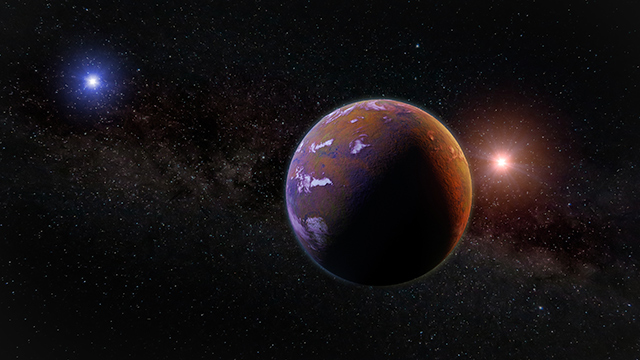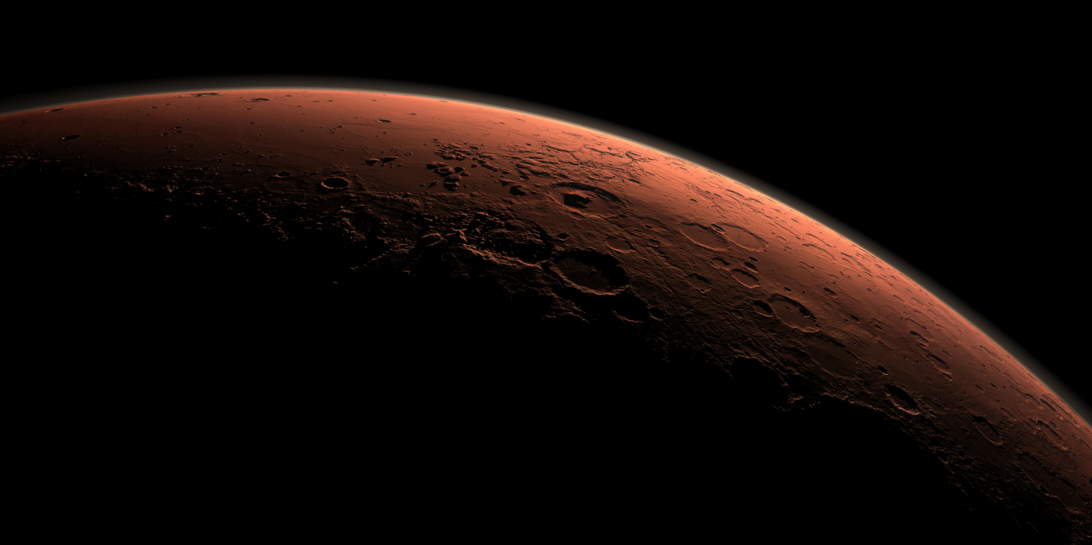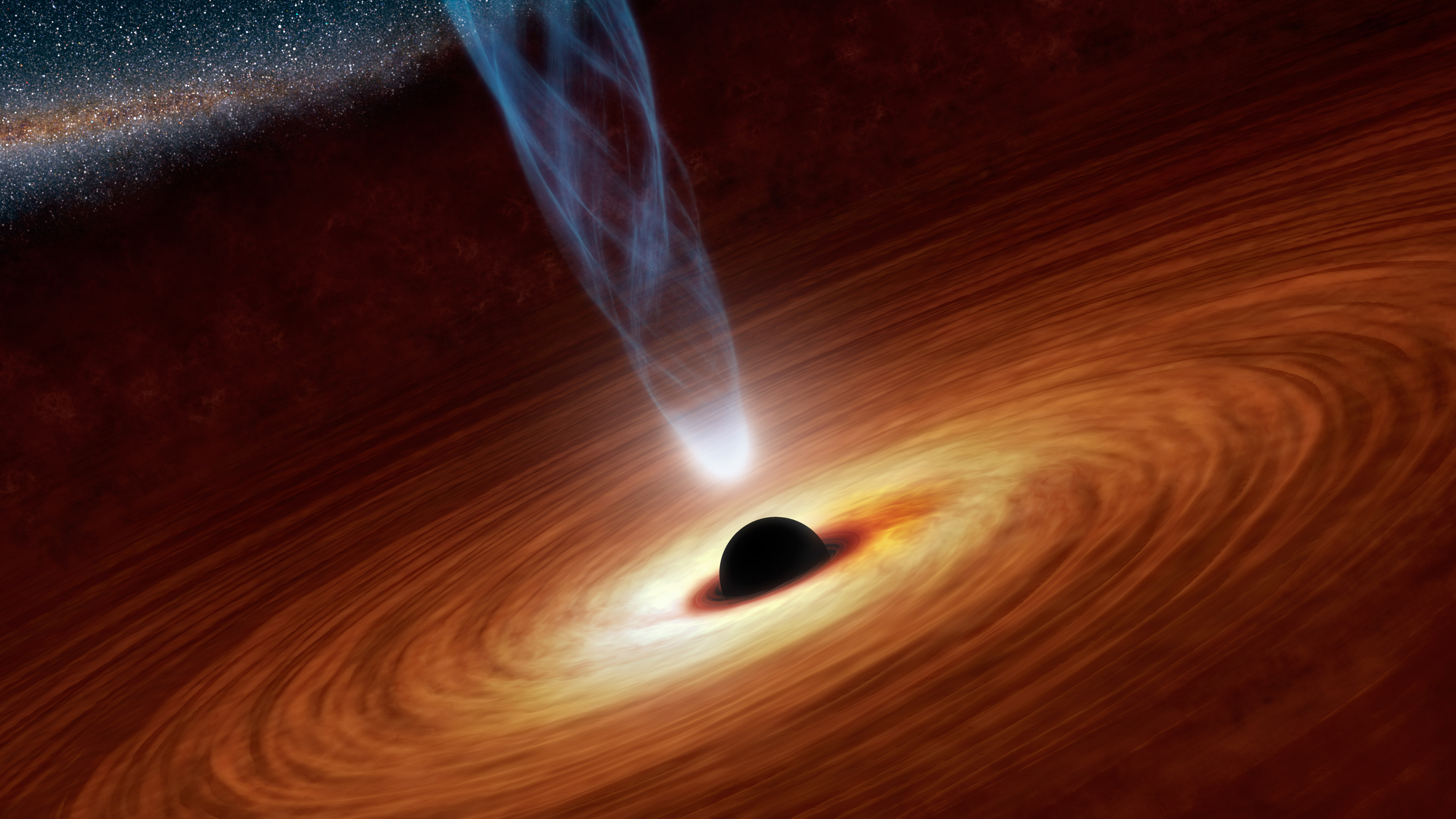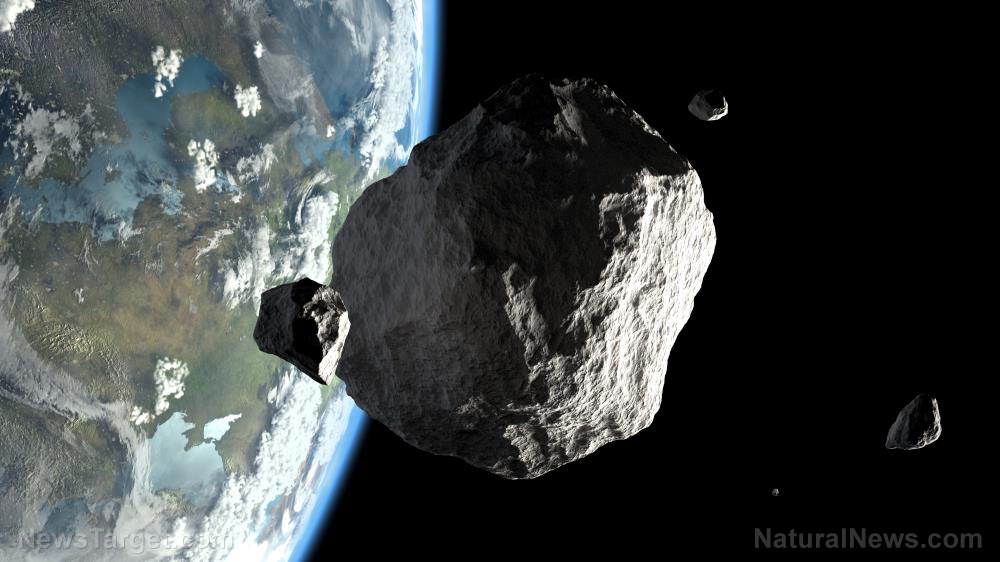New computer models suggest life on the nearest exoplanets may already be thriving
09/22/2019 / By Edsel Cook

There are rocky exoplanets around the size of Earth that lie within a few light-years of the solar system. While these relatively nearby worlds receive intense radiation from their active stars, they might eventually bear alien life – if they haven’t already done so.
These planets lie well within the habitable zone of stars like Proxima Centauri, Ross-128, and TRAPPIST-1. When they got discovered, they triggered excitement over the chances of hosting biological life.
Unfortunately, bad news followed the good tidings. The newly discovered exoplanets bathed in potentially lethal amounts of radiation from their parent stars.
One example is the exoplanet Proxima Centauri b. It orbits Proxima Centauri, the closest stellar neighbor of the sun.
Earth gets enough X-ray and ultraviolet radiation from its star to support life. But Proxima-b endures 250 times the amount of X-rays and lethal levels of UV radiation.
However, a new study by researchers from Cornell University suggested that the exoplanets might support organic lifeforms despite their high radiation levels. They cited a well-known planet that received far more radiation over long periods during its youth, but eventually developed the ability to support life. (Related: Do the rules of environmental protection extend to exoplanets beyond our solar system?)
The young Earth was once drenched in deadly amounts of UV radiation
Cornell researchers Lisa Kaltenegger and Jack O’Malley-James reported that all life on Earth traced their existence to ancestral organisms that flourished on the harsh surface of the young planet.
Four billion years ago, Earth not only experienced intense volcanic activity, but it also soaked up tons of UV radiation from the young sun. Proxima Centauri b and other exoplanets appeared tolerably warm in comparison.
Despite the heat, radiation, and turmoil on the surface of the young Earth, primitive life found ways to persist and thrive. And the planet eventually cooled and settled down into the only currently known habitable world.
The Cornell team proposed that something similar may be taking place on Proxima Centauri b and other nearby exoplanets. The planets may never support human life, but they may host other lifeforms.
For their study, Kaltenegger and O’Malley-James selected the four exoplanets nearest Earth: Proxima Centauri b, TRAPPIST-1e, Ross-128b, and LHS-1140b.
All candidates circle red dwarf stars. This type of star experiences numerous stellar flares that bombard the exoplanets with UV radiation.
Stellar flares may erode the atmospheres of planets. They are also deadly to organic life. Their intense amounts of UV radiation cause mutations and lethal shutdowns in nucleic acids and other biological molecules.
There may be hope that “inhospitable” exoplanets may host alien life
The Cornell experiment ran computer models of the UV radiation environment on the surface of the exoplanets. They tested different atmospheric conditions.
Some of the models resembled the Earth’s current atmosphere. Others featured eroded and anoxic conditions.
Eroded atmospheres were thin and did a poor job of screening UV radiation. Anoxic atmospheres, on the other hand, lacked ozone, an oxygen molecule that blocked UV radiation.
Their results demonstrated that thinning atmospheres and decreasing ozone levels coincide with a rise in energetic UV radiation that reaches the surface.
They took the results and compared them to the conditions on Earth from four billion years ago to recent times. The researchers found that the young Earth received much higher UV radiation from the similarly young sun than the exoplanets did today.
“Given that the early Earth was inhabited, we show that UV radiation should not be a limiting factor for the habitability of planets orbiting M stars,” they reported. “Our closest neighboring worlds remain intriguing targets for the search for life beyond our solar system.”
Sources include:
Tagged Under: alien life, astronomy, breakthrough, computers, computing, discoveries, Earth, exobiologicals, exoplanets, goodtech, outer space, Proxima Centauri, Proxima Centauri B, red dwarf star, science and technology, Space, space exploration, space research, Stars, stellar flares, UFOs, ultraviolet radiation
RECENT NEWS & ARTICLES
COPYRIGHT © 2017 DISCOVERIES NEWS

















